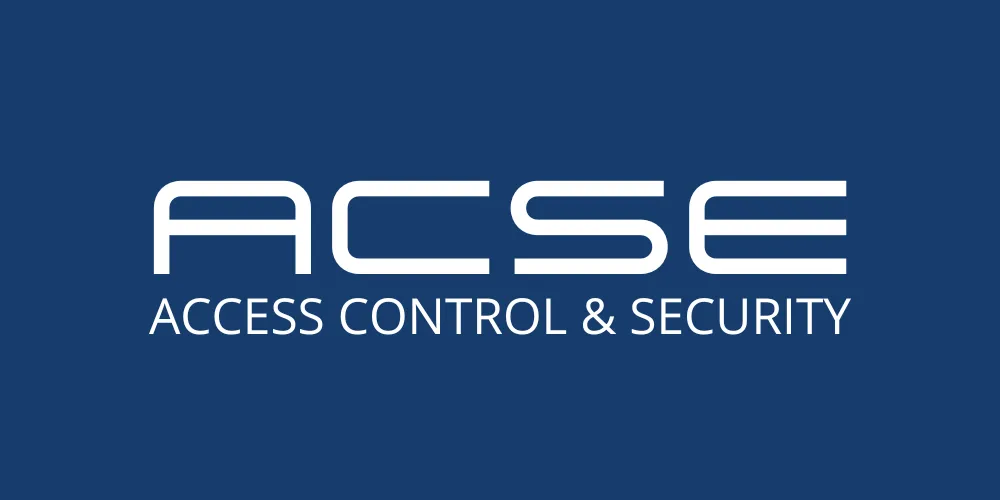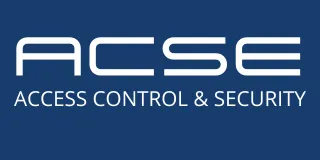
Top 5 Common Mistakes in Gate System Installations and How to Avoid Them
Installing a gate system is not just about placing a gate and making it move. It requires careful planning, technical expertise, and adherence to safety standards. Mistakes during installation can compromise functionality, increase costs, or create safety hazards. Whether you're working on a residential, commercial, or industrial project, avoiding these pitfalls is key to delivering a durable and secure system.
Below, we’ll dive into the five most common mistakes made in gate installations and provide actionable tips to help you avoid them.
1. Skipping a Detailed Site Assessment
The Mistake:
A common misstep is diving straight into installation without thoroughly assessing the site. This can lead to issues such as gates that don’t align correctly, interference with utilities, or unexpected terrain challenges.
How to Avoid It:
Conduct a full site survey to identify the terrain’s slopes, grading, and layout.
Check for underground utilities like water, gas, or power lines that could interfere with the installation process.
Consider traffic patterns for vehicles and pedestrians to ensure smooth entry and exit.
Plan for environmental conditions such as exposure to wind, rain, or extreme temperatures, which could affect gate performance.
Take photos and measurements during the survey to document findings and use them in planning.
Remember: The more you understand the site, the better prepared you’ll be to select and install the right system.
2. Ignoring Safety and Compliance Standards
The Mistake:
Safety and compliance are often overlooked, especially when trying to cut costs. Failing to meet standards such as UL 325 and ASTM F2200 can result in unsafe installations, potential injuries, and legal liabilities.
How to Avoid It:
Use only UL 325-certified gate operators to ensure safety mechanisms are built into the system.
Comply with ASTM F2200, which governs gate construction, including clearance requirements to prevent entrapment or reach-through hazards.
Incorporate entrapment protection devices, such as:
Photoelectric sensors to detect objects or people in the gate’s path.
Contact sensors like gate edges to stop or reverse movement on impact.
Inherent reversing systems that automatically reverse the gate if an obstruction is detected.
Install warning signs to inform users of potential risks around the gate.
Pro Tip: Consult local building codes to ensure the entire installation meets area-specific safety requirements.
3. Choosing the Wrong Gate Operator
The Mistake:
Selecting an operator that doesn’t match the gate’s weight, size, or usage frequency can lead to breakdowns or inefficiencies. This mistake often stems from a “one-size-fits-all” approach.
How to Avoid It:
Match the operator type to the gate’s needs:
Use hydraulic operators for heavy, high-traffic gates or industrial settings.
Opt for electromechanical operators for lighter gates in residential or small commercial applications.
Check the gate’s weight and length against the operator’s specifications. Ensure the operator is rated to handle the load.
Consider the duty cycle—the number of times the gate will open and close daily.
Take into account environmental factors:
Extreme weather conditions may require operators with additional weatherproofing.
For areas with frequent power outages, choose operators with battery backup systems.
If in doubt, consult a certified gate automation designer for proper equipment specification.
4. Improper Placement of Access Controls
The Mistake:
Many installers place access controls, such as keypads or card readers, too close to the gate. This creates safety hazards, such as vehicles stopping too close to moving parts or pedestrians being exposed to potential risks.
How to Avoid It:
Position access controls at least 6 feet away from the moving parts of the gate.
Plan for convenient placement so drivers can reach access controls without getting out of their vehicles or blocking traffic behind them.
For pedestrian access, ensure devices are at an accessible height for all users, including those with disabilities.
Use clear signage to guide users to the appropriate stopping points.
Add vehicle detection loops to ensure vehicles are clear of the gate before it opens or closes.
Pro Tip: Test the placement using different vehicle types (cars, trucks, SUVs) to confirm accessibility and safety.
5. Poor Wiring and Power Management
The Mistake:
Improper wiring is a frequent issue that leads to malfunctions, short circuits, or even safety hazards. Common errors include using incorrect wire gauges, skipping protective conduits, or failing to ensure proper grounding.
How to Avoid It:
Use wiring that matches the operator’s power requirements (both in voltage and amp capacity).
Route all wiring through conduits to protect it from environmental damage, rodents, or tampering.
Double-check the system’s grounding connections to avoid electrical faults.
Verify compliance with local electrical codes during installation.
For industrial applications, use surge protectors to safeguard sensitive electronics from power fluctuations.
Regularly inspect all connections for signs of wear or corrosion, especially in outdoor settings.
Pro Tip: Partner with a licensed electrician or certified technician for installations that require advanced electrical work.
Bonus Tips for a Successful Installation
Plan for Future Maintenance:
Ensure all critical components, like gate hinges, operators, and entrapment devices, are easily accessible for repairs or servicing.
Test the System Thoroughly:
Before completing the project, conduct multiple test cycles to confirm that the gate moves smoothly, safety devices function properly, and access controls work as intended.
Educate the End User:
Provide property owners or system operators with a walkthrough of how the system works, including safety features, maintenance schedules, and troubleshooting tips.
Consider Aesthetics:
For residential or high-profile commercial installations, ensure the gate and its components align with the property’s design and visual appeal.
Conclusion
Avoiding these common mistakes in gate system installations is vital for ensuring long-term performance, safety, and compliance. A properly installed gate system not only enhances security but also provides convenience and reliability for the end user. By conducting thorough site assessments, following safety standards, selecting the right equipment, and planning access controls carefully, you can set your projects up for success.
Working with experienced professionals like ACSE ensures every detail is handled with precision and care. Contact ACSE today to learn more about how we can support your next gate installation project and deliver exceptional results!

